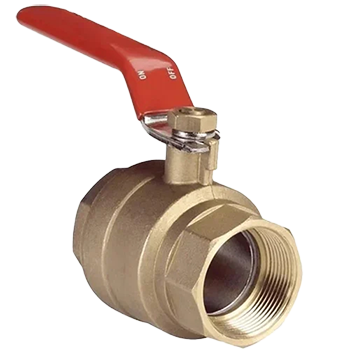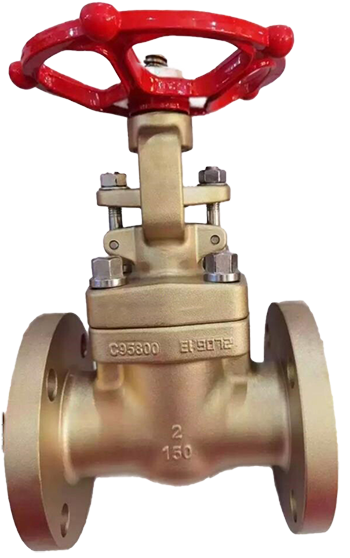латунные и бронзовые клапаны: свойства материала
Dec 05, 2024
On this page
латунь и бронза являются двумя обычно используемыми медными сплавами вvalve

HVAC Systems: You'll see brass valves in heating, ventilation, and air conditioning systems, especially in buildings.

Tin Bronze: This is the most common type, made of copper and tin, and is used for wear-resistant parts like bearings and springs.
прочность и твердость: бронза может быть не такой прочной или твердой, как латунь, но ее стойкость к коррозии и теплопроводность делают ее идеальной для определенных применений.
бронзовые клапаны распространены в системах, где коррозионная стойкость и низкотемпературные характеристики имеют решающее значение. они обычно встречаются в:
| Feature | Brass Valves | Bronze Valves |
| Corrosion Resistance | Not as good as bronze, may need extra protection | Excellent, especially in seawater and chemicals |
| High-Temperature Resistance | Good, handles heat and pressure well | Not as good, better for low-temperature environments |
| Wear Resistance | Good, can handle impact and friction | Excellent, especially in seawater or corrosive environments |
| Strength & Hardness | Stronger and harder | Slightly lower strength and hardness |
| Thermal Conductivity | Good, but not as good as bronze | Great, ideal for heat dissipation |
| Ease of Manufacturing | Easy to process and cost-effective | Easy to process and cost-effective |
| Typical Applications | Medium-low temperature, low-pressure systems | High corrosion, low-temperature environments |
Choosing between brass or bronze valves depends on your project's needs and the environment they'll be used in. Here are some key things to keep in mind.
Corrosion Resistance: If your system handles seawater or harsh chemicals, bronze is the better choice because of its superior corrosion resistance.
Temperature and Pressure: Brass valves are better for high-temperature and high-pressure environments, making them a good fit for systems that need strength and durability.
Fluid Type: If your system needs good heat dissipation, bronze valves are ideal, especially for high-temperature fluids.
Cost: Brass valves tend to be cheaper to make, so if you're on a tight budget, they might be the way to go. Bronze valves cost more due to their special alloy composition.
Brass and bronze valves each have their own strengths. Brass valves work well in medium-to-low temperature, low-pressure systems where strength, wear resistance, and ease of manufacturing are important. On the other hand, bronze valves are perfect for systems that need excellent corrosion resistance and heat conductivity, especially in marine, chemical, and low-temperature environments. When choosing a valve material, consider the working environment, the type of fluid, temperature and pressure conditions, and budget to make the best choice for your project.
Cледующий: самоуплотнение под давлением и принудительное уплотнение в запорных клапанах
Предыдущий: направление потока и советы по установке клапан-бабочек
О нас
Продукция
Навигация
Our Contacts
Building 2, NO.59, Songshan Road, SND, Suzhou, China
